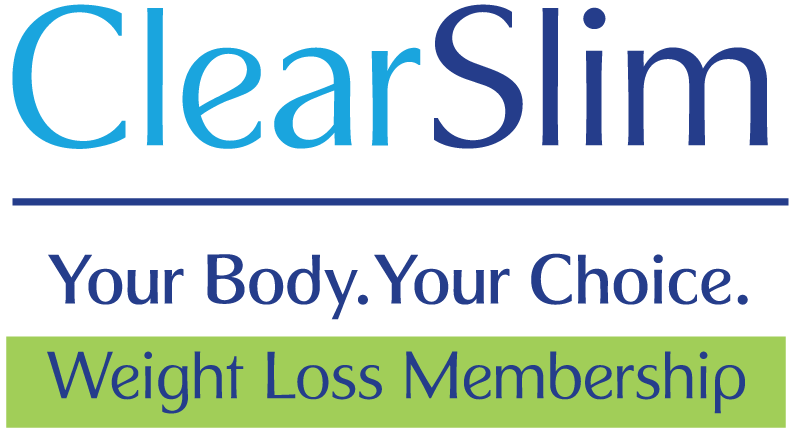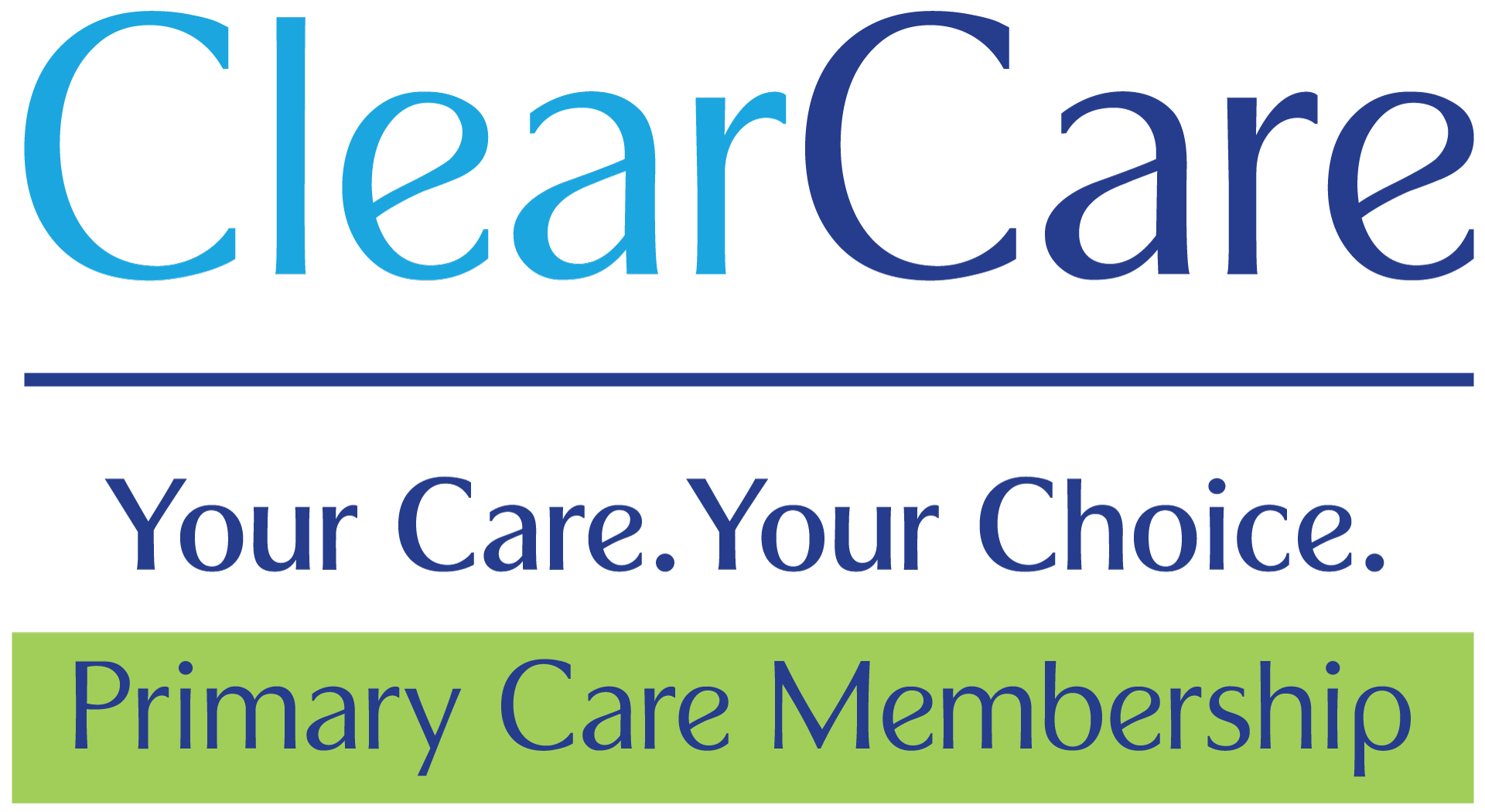
Medicare 202: Medicare Part C: terminology and options
Another option to consider with Original Medicare (Parts A and B) is Medicare Part C or Medicare Advantage. Medicare Part C, a convenient way to get your benefits from the government indirectly via private insurance firms, will be explained in this tutorial. We’ll also cover essential vocabulary, several plan alternatives, and how to choose the best plan for you.
What is Medicare Part C?
Medicare Part C, sometimes called Medicare Advantage, is a comprehensive health insurance plan that combines Medicare Part B (medical insurance) and Part A (hospital insurance) benefits into a single plan. These plans, provided by commercial insurance providers, often include benefits like dental, vision, and hearing coverage—services not included in Original Medicare, giving you a sense of security.
Key Terms to Know
Medicare Advantage Plan: A plan that combines Medicare Part A and Part B benefits and may include extra coverage. Offered by private insurers, these plans might have specific network requirements.
- Premium: The monthly amount you pay for your Medicare Advantage plan and the premium for Medicare Part B.
- Copayment: A fixed fee for each healthcare service, such as a doctor’s visit. This amount varies by plan and service.
- Deductible: The amount you need to spend out-of-pocket before your Medicare Advantage plan starts to pay for covered services.
- Out-of-Pocket Maximum: The more you pay for covered services in a year. Once you reach this limit, your plan covers all extra costs for the rest of the year.
Types of Medicare Part C Plans
- Health Maintenance Organization (HMO) Plans: These plans use a specific network of doctors and hospitals. A referral code from your primary care doctor is needed to see a specialist. HMO plans usually cost less.
- Preferred Provider Organization (PPO) Plans: PPO plans offer more flexibility in choosing healthcare providers. You can see any doctor or specialist, with or without a referral, but you may pay more if you go out of network.
- Private Fee-for-Service (PFFS) Plans: PFFS plans let you see any doctor or hospital that accepts them, but not all providers do, so check first.
- Special Needs Plans (SNPs): SNPs are designed for people with specific health conditions or special needs. These plans provide targeted care and services tailored to individuals with chronic conditions or other unique requirements.
- HMO Point of Service (HMOPOS) Plans: Similar to HMO plans, HMOPOS plans offer some coverage outside the network at a higher cost, giving you more flexibility while maintaining network-based coverage.
Enrollment and Eligibility
To enroll in a Medicare Advantage plan, you need to have Medicare Parts A and B. Enrolment is available during:
- Initial Enrollment: Becoming eligible for Medicare.
- Open Enrollment: Each year, starting October 15 to December 7, to sign up for, modify, or discontinue a plan.
- Medicare Advantage Open Enrollment: You can change plans or return to Original Medicare between January 1 and March 31.
Choosing the Right Plan
When choosing a Medicare Advantage plan, consider:
- Premium Costs: Compare the monthly premiums and any additional out-of-pocket costs.
- Coverage Needs: Decide if you need extra benefits like vision or dental coverage.
- Prescription Drug Coverage: Check if the plan includes Medicare Part D (prescription drug coverage) or if you need a separate Part D plan.
Understanding Medicare Part C and its key terms is crucial for choosing the right healthcare coverage. This knowledge will help you find a plan that suits your needs. If you have questions or need assistance with Medicare, remember that ClearMedica is here to help. We’re committed to providing the support you need to make informed decisions about your health and costs.
Leave a reply

